8 Fish You Should Never Fry And Why

Not all fish are suited to the sizzling heat of a pan or deep fryer, but frying fish can give you a golden crust and flaky interior. When fried, some varieties crumble, absorb excessive amounts of oil, or lose all of their subtle flavors. Selecting the incorrect fish can waste a delicious piece of seafood in addition to ruining a meal. Knowing which fish not to fry can help you cook more efficiently and eat better, regardless of your level of cooking experience. Here are eight things you should not fry, along with the reasons why.
1. Tilapia
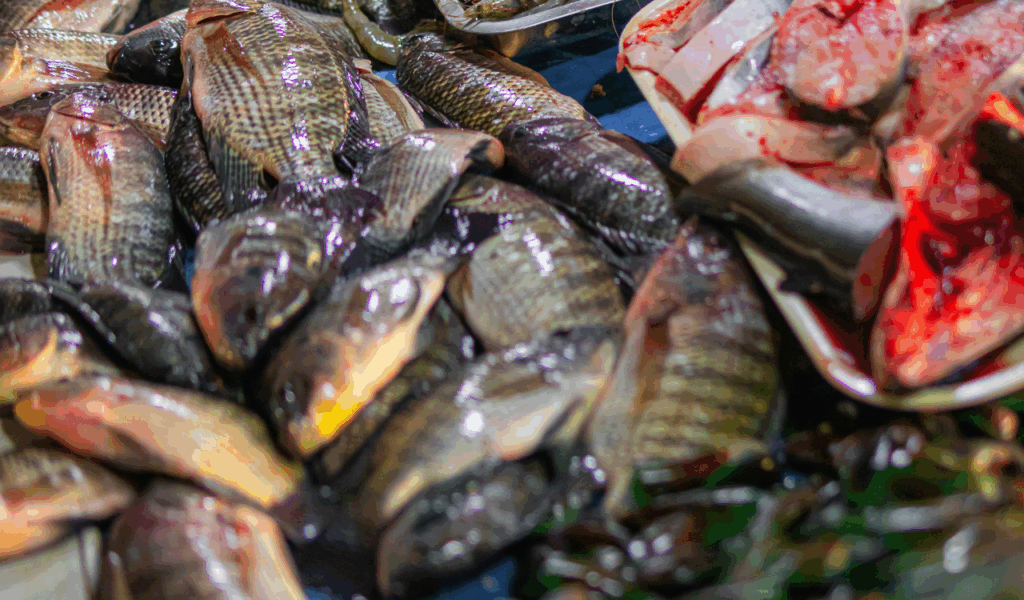
Although it’s inexpensive and has a mild flavor, tilapia is far too delicate to be fried. Under high heat, its flaky texture quickly disintegrates, frequently becoming mushy or crumbling in the pan. Additionally, tilapia readily absorbs oil, which may result in a greasy rather than crisp final product. Its delicate flavor can be enhanced by baking, steaming, or sautéing over low heat instead of being overpowered or destroyed by deep-frying.
2. Flounder
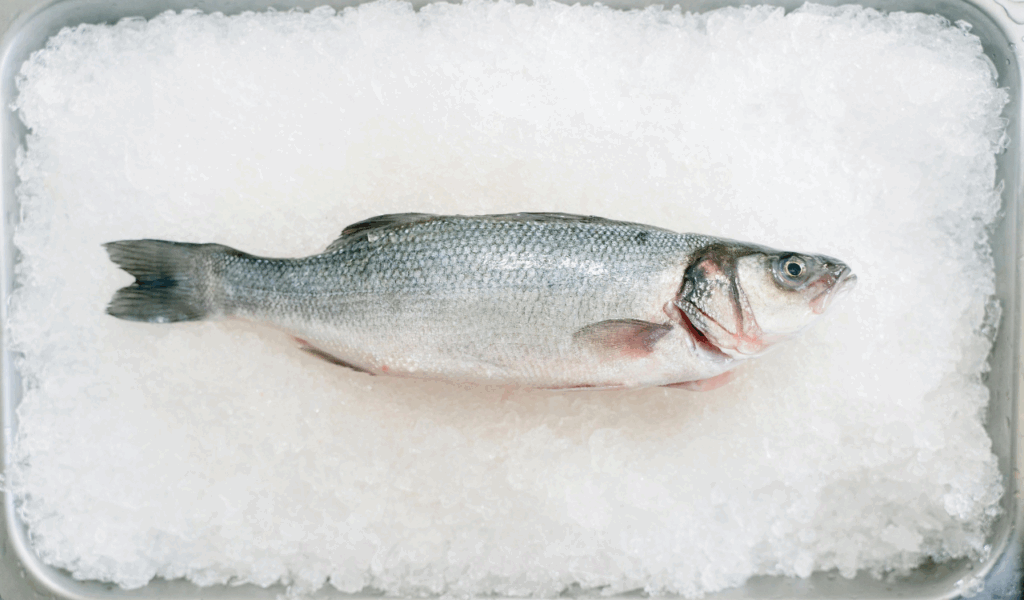
One of the most delicate fish available is flounder because of its extreme thinness and tenderness. It can break up almost immediately when fried, especially in hot oil, leaving you with crumbs and bits rather than entire fillets. Flounder lacks the fattiness required to develop flavor through frying, and it does not hold up structurally even with a coating. To preserve its delicate texture, try pan-searing or lightly baking this fish instead.
3. Sole
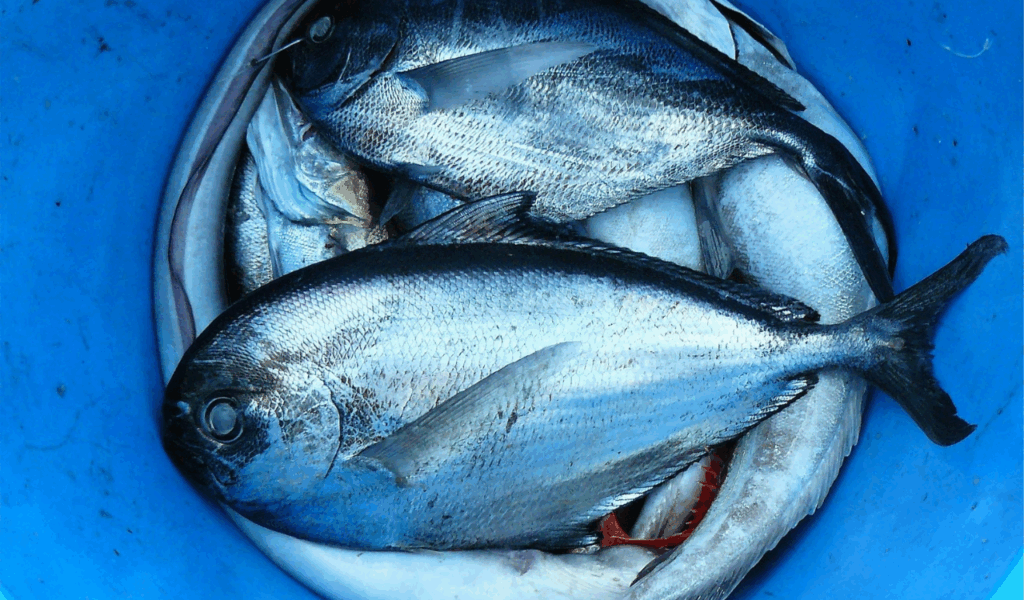
Similar to flounder, sole is a flatfish with extremely delicate flesh and a mild flavor. Frequently, it is too delicate and thin to withstand the frying process without disintegrating. Even after being battered, it usually absorbs too much oil and becomes soggy instead of crispy. Gentler cooking techniques, like poaching or steaming, are much better for sole because they help it maintain its soft texture and mild flavor without crumbling.
4. Cod (Fresh, Not Frozen)
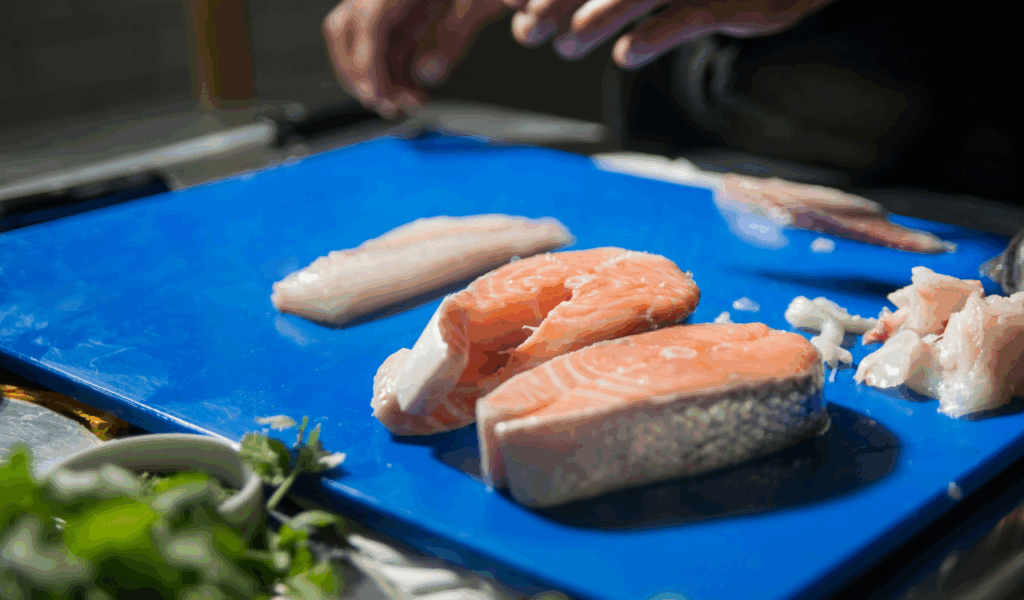
Fresh cod can be risky, but frozen cod occasionally works in fried fish recipes like fish and chips. It can steam rather than fry due to its extremely flaky, wet texture, which results in soggy crusts and flesh that is saturated with oil. Additionally, batters have a difficult time adhering to fresh cod due to its moisture content. If you really want that crispy finish, you’re better off baking or broiling fresh cod or using frozen fillets that have been specially processed for frying.
5. Mahi-Mahi
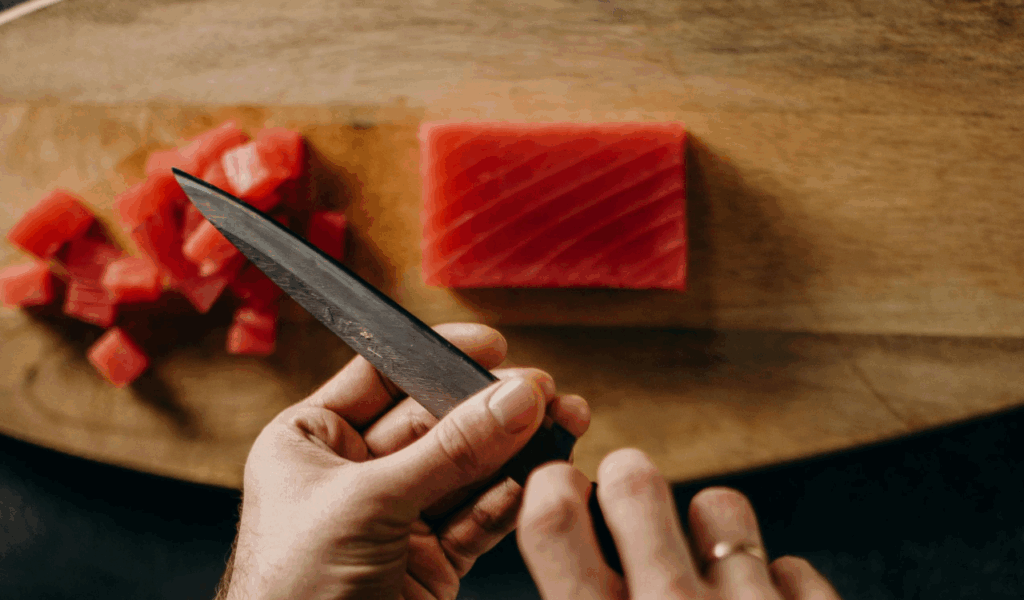
Although mahi-mahi is a firm fish, it contains little fat and tends to dry out when heated to high temperatures. Additionally, it has a delicate sweetness that is best maintained by using softer cooking methods. It may lose its natural moisture content and turn rubbery when fried. Instead of frying, you can improve its flavor and maintain a juicy, pleasing texture by grilling or pan-searing it with a little olive oil.
6. Catfish (Farmed, Especially from Poor Sources)
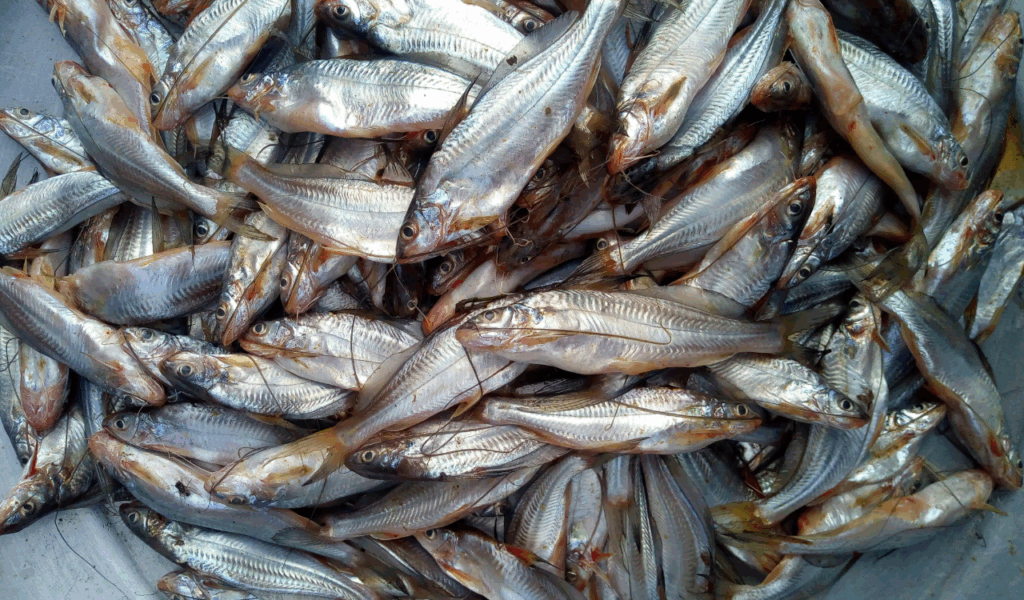
Fried catfish can be delicious, but only if it’s of a high caliber. Many farmed types have an unpleasant or muddy taste that only gets worse when fried, especially when they come from sources with lax regulations. Frying can even bring out those unwanted notes. If you decide to fry catfish, try to get it wild or from a reliable source. Otherwise, to balance the flavor, try baking it or blackening it with strong spices.
7. Tuna
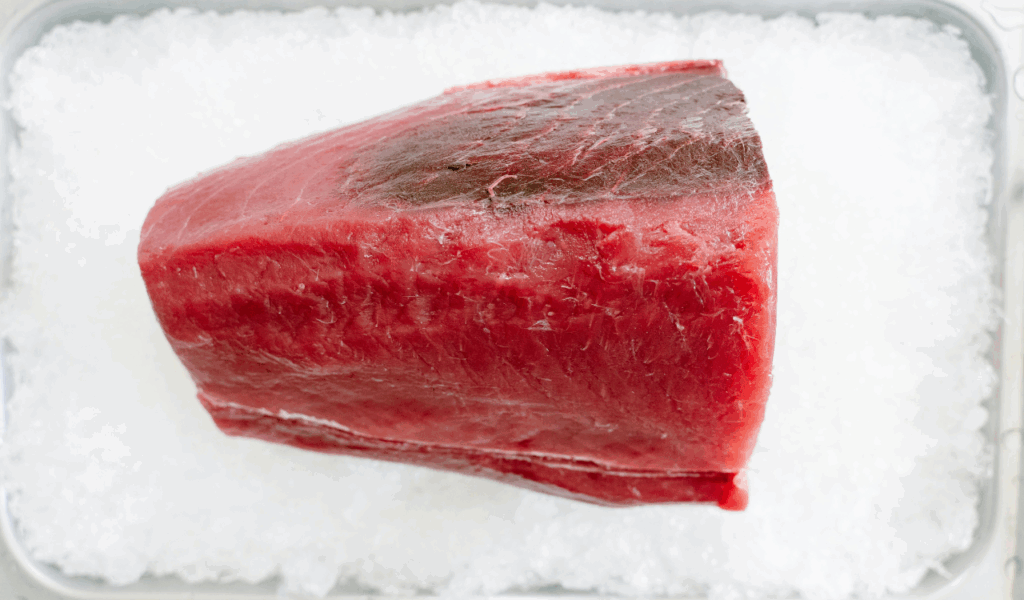
Unlike other fish, tuna is lean, meaty, and dense. It should not be fried because the absence of fat causes it to become dry and chewy when heated to high temperatures. Its naturally umami-rich flavor is also diminished by frying. The ideal way to serve tuna is rare to medium-rare, meaning it should be pink in the middle and seared on the outside. That texture is totally destroyed by deep-frying. Try a light pan sear if you have to cook tuna, or eat it raw in poke or sushi.
8. Swordfish
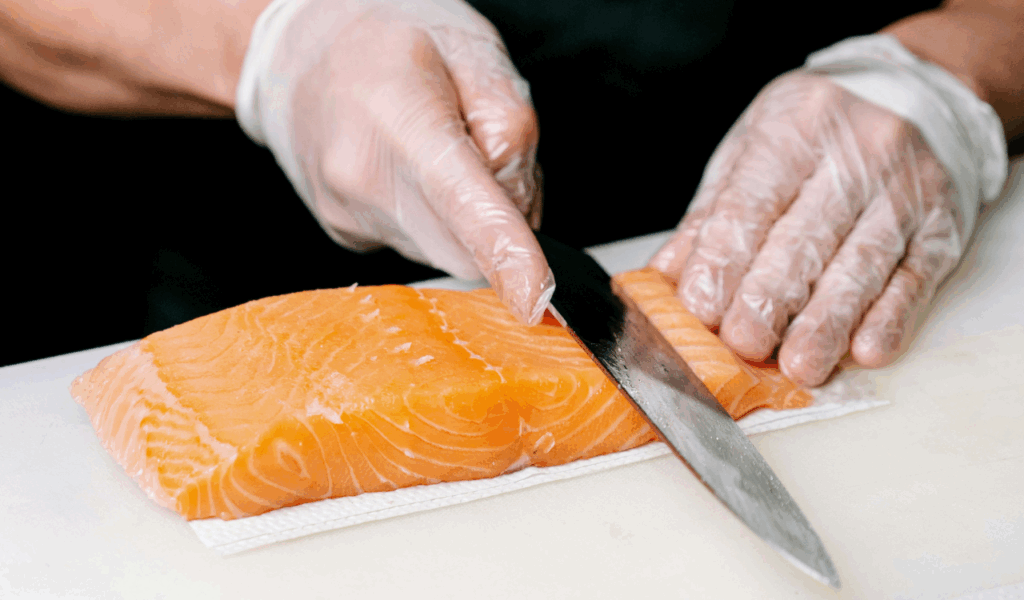
Another thick, meaty fish that doesn’t do well in frying is swordfish. When fried, its dense texture and low oil content can make it tough and dry. Its inherent firmness is further harmed by the ease with which it can be overcooked. Since swordfish already has a robust flavor profile, it doesn’t really benefit from being fried. Rather than sacrificing its texture or flavor balance, grilling or broiling helps bring out its best qualities.





